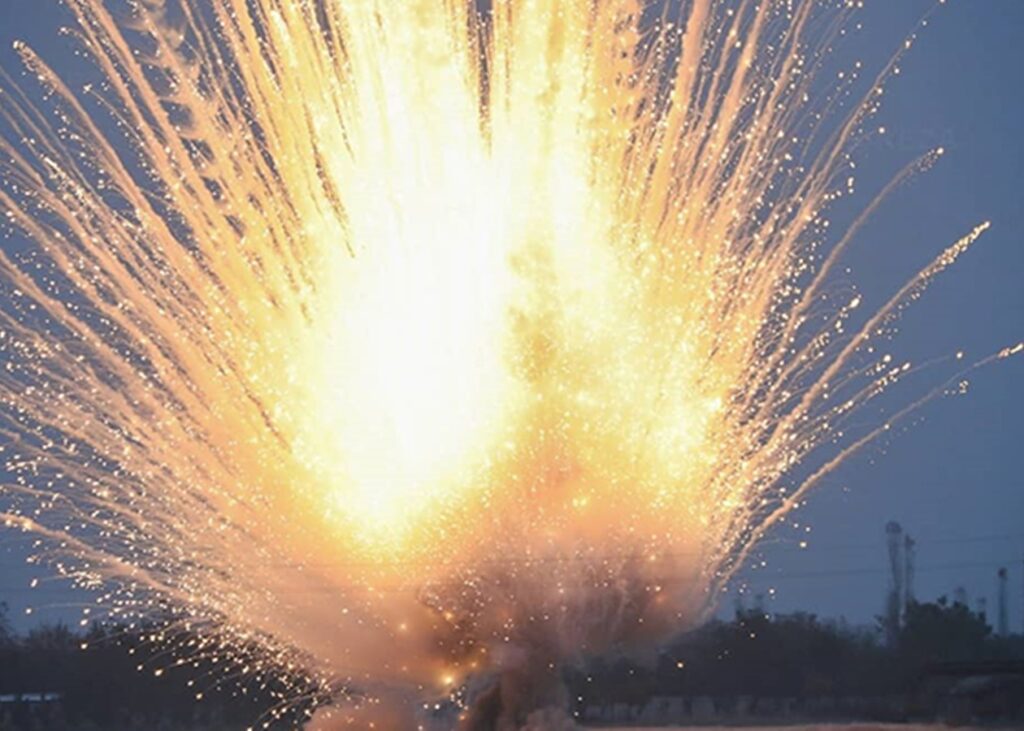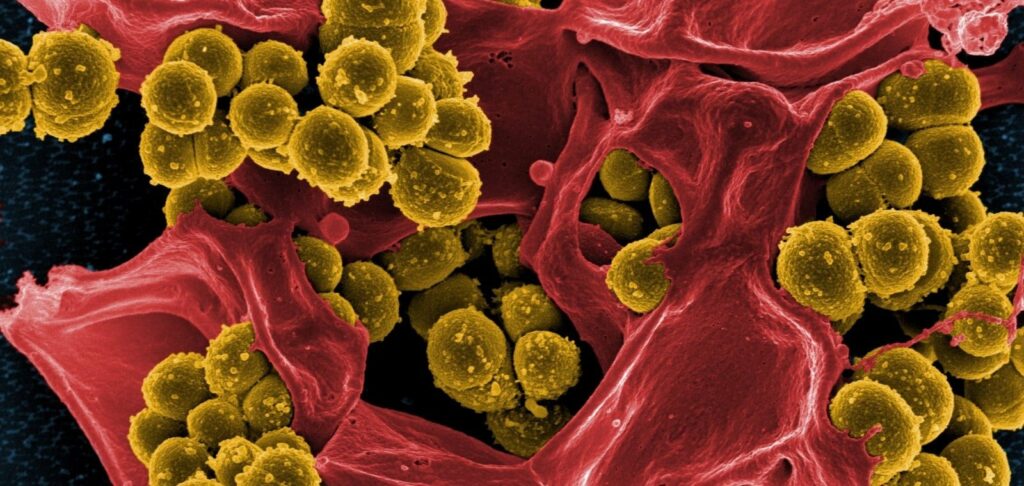
The 1977 Additional Protocols to the Geneva Convention for the Protection of War Victims (1949), as well as Protocol III to the “Convention on Certain Conventional Weapons” (1980), are considered the basic instrument for banning phosphorus munitions
How does it work?
There are several types of weapons, the main part of which is white phosphorus, a self-flammable substance that burns in air and, together with incendiaries, becomes a dangerous “stuffing” for ammunition.
All phosphorus munitions can be categorized into groups: hand grenades, aerial bombs, rockets and missiles, mortars, artillery shells, and air tanks.
White phosphorus can be stored in ammunition for a long time without reaction, but certain conditions must be observed, the main one being that the air temperature must not rise above 34-40 degrees Celsius.
Phosphorus itself is very poisonous: a dose of 0.1 g. can be fatal to humans. It causes damage to bones and bone marrow, as well as tissue necrosis. A person who enters the impact zone of such a bomb risks fatal injuries, large area and depth of burns. Even if a medical specialist happens to be nearby, he or she must undergo special training beforehand, otherwise he or she may receive a phosphorus burn while treating the wound.
Help for phosphorus burns
- DO NOT touch phosphorus on the victim’s clothing or skin with your fingers. It is possible to collect particles on your skin.
- If possible, immerse the affected body part in water. Alternatively, water or wet skin and clothing where there are phosphorus droplets with plenty of water.
- Carefully remove clothing while continuing to sprinkle with water or directly in the water. Phosphorus does not burn in water. Use tweezers or something with which to remove the phosphorus and parts of the clothing.
- The wound should be treated with a baking soda solution: 1 teaspoon per 1 cup of water.
- Apply a moist dressing to the wound. Preferably soaked in baking soda. Or even just a wet one.
- IMPORTANT! NEVER PUT ABSORBENT COTTON OR ANY KIND OF DRESSING ON THE WOUND. It takes surgeons a very long time (sometimes up to 2-3 hours) to clean a deep wound of small absorbent cotton particles.
- Do not use peroxide!!! When peroxide breaks down, water and oxygen are formed. The oxygen causes the phosphorus to ignite.
- If the victim is conscious, you can give it:
– any painkiller,
-dimedrol and analgin in the same syringe.
-corvalol – 50 drops or more (about half a teaspoon)
– hydazepam, phenazepam, if available. 1 tab.
- Remember that a person in a state of moderate stress may react negatively to your attempts to hug, comfort. Let them scream, cry, swear. This applies to those in the midst of the tragedy, not just the traumatized. You can simply hold the person’s hand. He or she will feel your support.
- Regarding phosphorus compound vapor poisoning. Use any sorbent (activated charcoal, enterosorbent, food clay, atoxyl, etc.)
- Drink plenty of water, favor alkaline liquids (milk, alkaline waters without gas).



